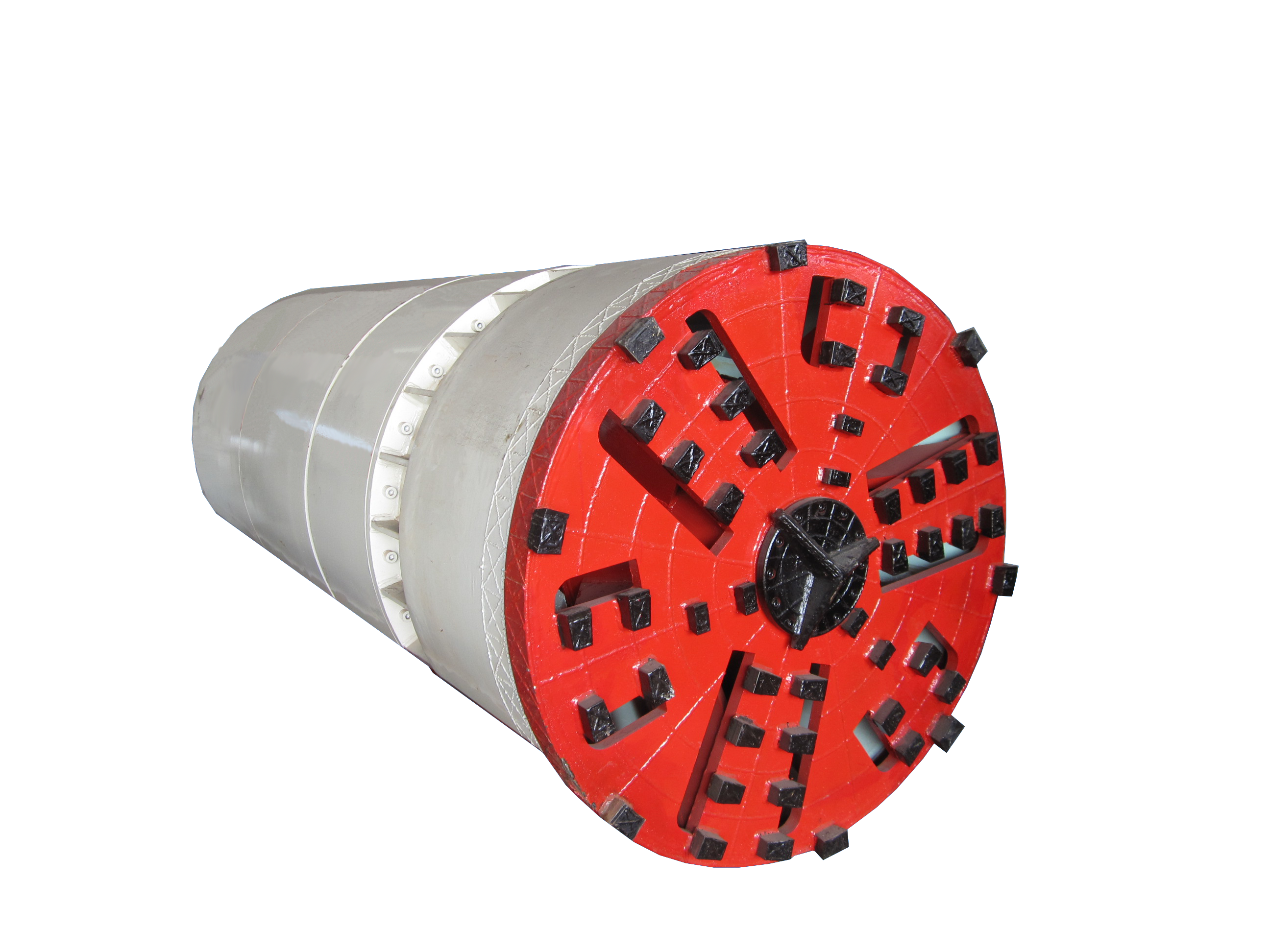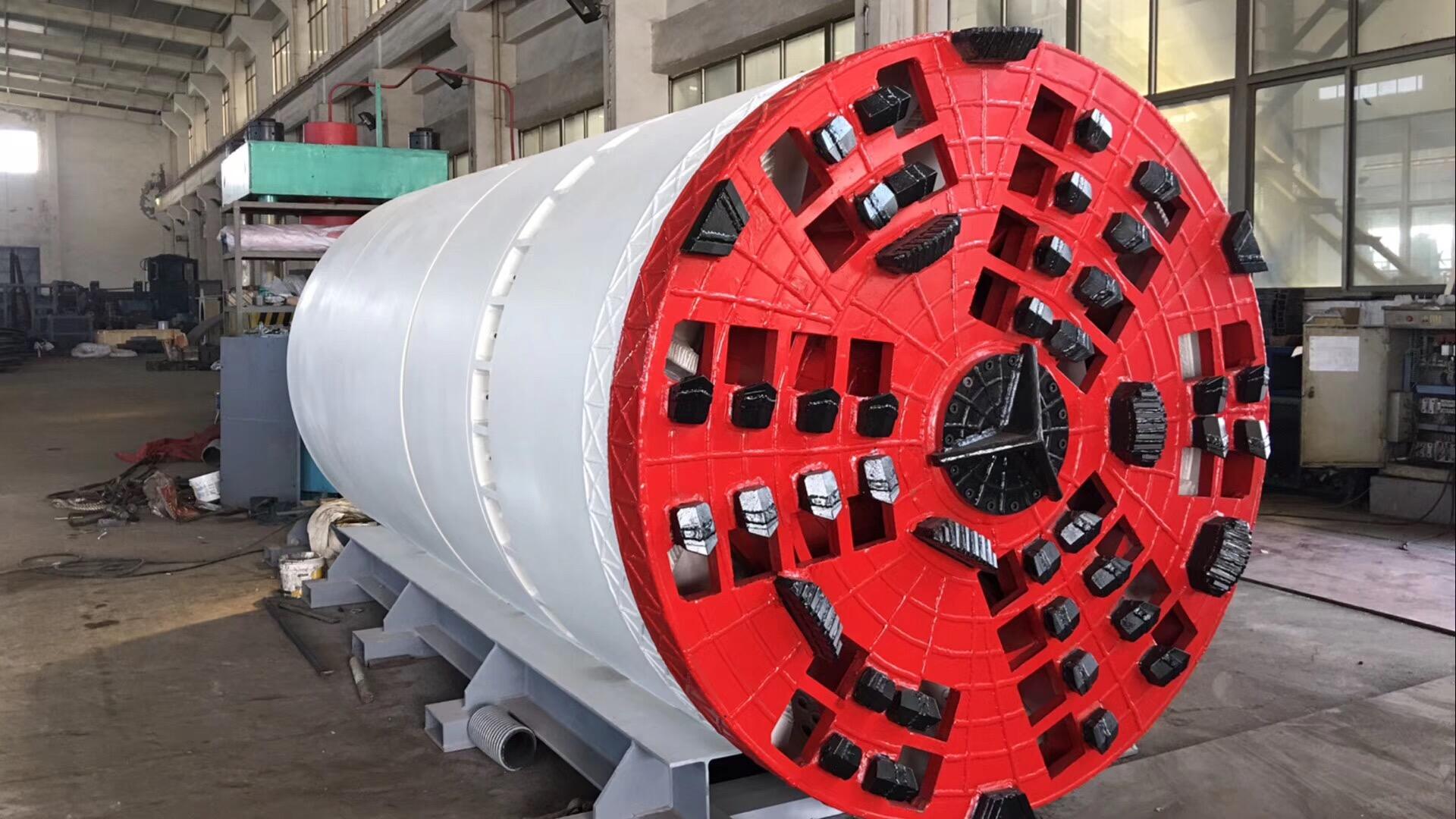Critical Considerations for Trenchless Technology Selection
Selecting the optimal pipe jacking machine requires careful evaluation of multiple technical factors to ensure project success and cost-effective operations. The right equipment choice directly impacts installation accuracy, project timelines, and overall budget performance for underground construction projects. Pipe jacking machine specifications must align with ground conditions, pipe materials, project scale, and environmental constraints unique to each job site. Experienced contractors understand that matching machine capabilities to project requirements prevents costly over-specification or dangerous under-performance scenarios. From compact urban renewal projects to large-scale infrastructure developments, the proper pipe jacking machine configuration makes the difference between smooth operations and problematic installations requiring expensive remediation.
Project-Specific Machine Requirements
Soil Conditions and Geological Factors
The composition and stability of subsurface materials dictate crucial pipe jacking machine specifications like cutting head design and jacking force capacity. Cohesive clay soils typically require different cutting tools than granular soils or mixed-face conditions containing rock formations. Pipe jacking machines operating in water-bearing strata need enhanced sealing systems and spoil removal capabilities to handle inflows. Ground settlement sensitivity influences decisions about machine guidance precision and face pressure balance requirements. Projects encountering variable geology along the alignment may need adaptable pipe jacking machines with interchangeable cutting heads or adjustable operational parameters. Comprehensive geotechnical investigations provide essential data for selecting pipe jacking machine components that can handle site-specific challenges effectively.
Pipe Material and Diameter Considerations
The type and size of pipeline being installed determine several key pipe jacking machine characteristics. Concrete pipes require different thrust distribution than steel or composite materials during the jacking process. Pipe jacking machines for large-diameter installations need proportionally greater power and stabilization systems to maintain alignment. The machine's drive system must generate sufficient force to overcome friction along the entire pipeline length without exceeding the pipe's structural capacity. Specialized pipe jacking machine configurations exist for non-circular pipe profiles or unique jointing systems. Matching the equipment to the pipe specifications ensures smooth installation while preventing damage to expensive pipeline materials during the jacking process.

Performance and Capacity Evaluation
Thrust Force and Power Requirements
Calculating required pipe jacking machine thrust involves analyzing frictional resistance, cutting forces, and pipeline weight over the entire drive length. Oversized machines waste energy and increase costs, while undersized equipment risks stalling or alignment loss mid-drive. Modern pipe jacking machines offer variable thrust settings to accommodate changing ground conditions along the alignment. Hydraulic systems should provide sufficient reserve capacity for unexpected resistance increases without compromising control precision. The power plant must deliver consistent performance throughout extended operation periods common in pipe jacking projects. Proper thrust capacity selection balances safety margins with operational efficiency to optimize project economics.
Guidance and Steering Capabilities
Precision guidance systems separate high-performance pipe jacking machines from basic models, especially for curved alignments or tight tolerance requirements. Laser-guided systems with automatic steering correction maintain alignment within millimeters over long drives. Pipe jacking machines with real-time monitoring capabilities allow operators to make immediate adjustments based on ground conditions or unexpected obstacles. The best systems provide continuous position data and predictive analytics to prevent deviation before corrective measures become necessary. For projects requiring exact grade control, like gravity sewer lines, advanced pipe jacking machine guidance proves essential for avoiding costly rework or operational issues post-installation.
Operational Efficiency Features
Spoil Removal System Design
Efficient muck removal significantly impacts pipe jacking machine productivity and project timelines. Hydraulic or screw conveyor systems must match expected spoil volumes and particle sizes from the cutting face. Pipe jacking machines handling wet ground conditions need slurry systems with adequate pumping capacity and separation equipment. The spoil removal method should minimize downtime between spoil skips or continuous removal cycles. Some pipe jacking machines integrate automated spoil handling that reduces labor requirements and increases advance rates. Proper spoil system sizing prevents backups that could stall operations or require manual intervention in confined jacking pits.
Maintenance and Serviceability Factors
Reliable pipe jacking machines incorporate design features that simplify maintenance during intensive projects. Easy-access components reduce downtime for routine servicing and unexpected repairs. Modular designs allow quick replacement of wear parts like cutting tools without extensive disassembly. Pipe jacking machines with onboard diagnostic systems help crews anticipate maintenance needs before failures occur. Corrosion-resistant materials extend component life in challenging ground conditions. The availability of spare parts and technical support influences machine selection for projects with tight schedules where extended downtime proves costly. Well-designed pipe jacking machines balance advanced features with field-serviceable simplicity.
Cost and Logistics Analysis
Ownership Versus Rental Economics
The financial analysis of purchasing versus renting a pipe jacking machine depends on project volume and company growth strategy. Frequent pipe jacking contractors may justify capital investment in owned equipment with customization options. Smaller operators or one-off projects often benefit from rental pipe jacking machines with included maintenance and support. Total cost calculations should factor in transportation, setup, and demobilization expenses that vary by machine size and configuration. Some specialized pipe jacking machine applications may require custom solutions that favor rental arrangements with manufacturers. The financial decision should consider both immediate project needs and long-term equipment utilization rates.
Site Access and Setup Requirements
Pipe jacking machine selection must account for practical installation site constraints like pit dimensions and surface access limitations. Larger machines require more extensive launch and reception pits with corresponding shoring systems. Urban projects with space restrictions may need compact pipe jacking machine designs or innovative pit configurations. Equipment weight and dimensions affect transportation logistics to and from the job site. The availability of utilities like power and water influences choices between self-contained pipe jacking machines and those requiring external hookups. Proper site evaluation ensures the selected pipe jacking machine can be implemented effectively within the available workspace.
Safety and Regulatory Compliance
Built-In Safety Systems
Modern pipe jacking machines incorporate multiple safety features to protect workers in confined underground spaces. Emergency stop systems, gas monitoring, and communication equipment should be standard on any machine considered. Face pressure monitoring prevents dangerous over-excavation or collapse situations in unstable ground. Pipe jacking machines with automated functions reduce personnel exposure to moving parts and pinch points. Lighting and visibility enhancements improve working conditions in the typically dark jacking pit environment. Safety certifications from recognized industry organizations help verify a pipe jacking machine meets current best practices for worker protection.
Environmental Regulation Adherence
Pipe jacking machine operations must comply with growing environmental regulations regarding noise, vibration, and emissions. Electric or hybrid models reduce jobsite pollution in sensitive urban areas. Noise-dampened pipe jacking machines enable work in noise-restricted zones or during extended hours. Spoil handling systems should prevent uncontrolled discharge that could contaminate surrounding soil or waterways. Some regions require specific pipe jacking machine features like zero-emission operation or advanced groundwater protection. Understanding local environmental mandates ensures selected equipment won't cause compliance issues that delay projects or incur penalties.
FAQ
What maintenance skills are required for pipe jacking machine operation?
Proper pipe jacking machine maintenance requires trained technicians familiar with hydraulic systems, mechanical drives, and guidance technologies, though many manufacturers offer comprehensive training programs with equipment purchase or rental.
How does pipe diameter affect machine selection?
Pipe jacking machines are specifically rated for diameter ranges, with larger pipes requiring more powerful thrust systems, larger cutting heads, and greater spoil removal capacity to maintain efficient advance rates.
Can one machine handle multiple ground conditions?
Advanced pipe jacking machines can adapt to varying geologies through interchangeable cutting heads and adjustable operational parameters, though extreme condition changes may require equipment modifications or supplemental ground treatment.

 EN
EN
 AR
AR BG
BG HR
HR CS
CS FR
FR DE
DE EL
EL HI
HI IT
IT JA
JA KO
KO RO
RO RU
RU ES
ES TL
TL ID
ID LT
LT SK
SK SL
SL UK
UK VI
VI ET
ET TH
TH TR
TR FA
FA AF
AF MS
MS HY
HY AZ
AZ KA
KA BN
BN LO
LO LA
LA MN
MN NE
NE MY
MY KK
KK UZ
UZ KY
KY